A Comprehensive Guide for Businesses In today’s highly interconnected and technology-driven world, businesses can’t afford to overlook the importance of a robust and efficient electrical infrastructure. When it comes to transmitting electrical power and signals, low voltage cables play a significant role in ensuring a smooth and uninterrupted flow of energy. In this article, we will explore the essential features, applications, and benefits of low voltage cables, shedding light on why they are a critical component for businesses of all shapes and sizes. What are Low Voltage Cables? Low voltage cables, as the name suggests, are cables designed to carry currents at relatively low voltages. Typically, these cables are used for voltages lower than 1,000 volts, although specific industry standards may define the precise threshold. The construction of low voltage cables consists of a conductor, typically made of copper or aluminum, insulated with materials such as PVC (Polyvinyl Chloride) or XLPE (Cross-linked Polyethylene). The insulation provides electrical and mechanical protection to the conductor, ensuring safe and efficient power transmission. In addition to the conductor and insulation, low voltage cables also incorporate other features such as shielding, armor, and protective jackets, depending on their specific applications and environmental conditions. Applications of Low Voltage Cables: Low voltage cables have a wide range of applications across various industries and sectors. Some of the common applications include: 1. Building Infrastructure: Low voltage cables are extensively used in commercial and residential buildings to power various electrical equipment, lighting fixtures, and communication systems. They form the backbone of electrical installations, enabling the smooth transmission of power and data.
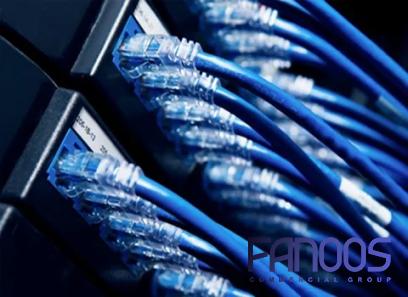
.
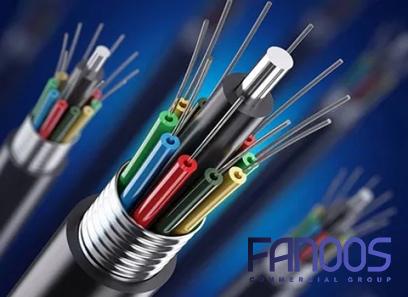 2. Information Technology (IT) and Telecommunications: In the digital age, reliable and high-speed data transmission is crucial for businesses. Low voltage cables, such as Category 5e, Category 6, and fiber optic cables, are widely used for networking, telecommunication, and data center applications. 3. Industrial Automation: Manufacturing facilities and industrial automation systems heavily rely on low voltage cables for powering machinery, motor control, instrumentation, and process control. These cables provide a reliable and flexible solution for transmitting power and signals in demanding industrial environments. Benefits of Low Voltage Cables for Businesses: Investing in high-quality low voltage cables can yield numerous benefits for businesses. Some of the key advantages include: 1. Enhanced Safety: Low voltage cables are designed to meet stringent safety standards, reducing the risk of electrical shocks, short circuits, or fires. The insulation and shielding features protect against electrical leakage and minimize the potential for accidents, ensuring a safe working environment.
2. Information Technology (IT) and Telecommunications: In the digital age, reliable and high-speed data transmission is crucial for businesses. Low voltage cables, such as Category 5e, Category 6, and fiber optic cables, are widely used for networking, telecommunication, and data center applications. 3. Industrial Automation: Manufacturing facilities and industrial automation systems heavily rely on low voltage cables for powering machinery, motor control, instrumentation, and process control. These cables provide a reliable and flexible solution for transmitting power and signals in demanding industrial environments. Benefits of Low Voltage Cables for Businesses: Investing in high-quality low voltage cables can yield numerous benefits for businesses. Some of the key advantages include: 1. Enhanced Safety: Low voltage cables are designed to meet stringent safety standards, reducing the risk of electrical shocks, short circuits, or fires. The insulation and shielding features protect against electrical leakage and minimize the potential for accidents, ensuring a safe working environment.
..
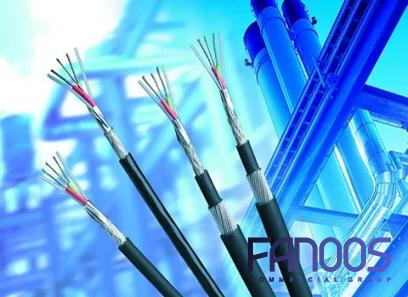 2. Improved Reliability: With their robust construction and high-quality materials, low voltage cables offer exceptional reliability and durability. They can withstand various environmental conditions, including temperature extremes, moisture, and chemical exposure, ensuring uninterrupted power supply and minimizing downtime. 3. Efficient Power Transmission: Low voltage cables are engineered for optimal power transmission, minimizing energy losses and voltage drops. By effectively delivering energy to the intended devices, businesses can maximize the efficiency of their electrical systems, reducing operational costs in the long run. 4. Compatibility and Flexibility: Low voltage cables are available in various types and configurations, making them compatible with different devices and installations.
2. Improved Reliability: With their robust construction and high-quality materials, low voltage cables offer exceptional reliability and durability. They can withstand various environmental conditions, including temperature extremes, moisture, and chemical exposure, ensuring uninterrupted power supply and minimizing downtime. 3. Efficient Power Transmission: Low voltage cables are engineered for optimal power transmission, minimizing energy losses and voltage drops. By effectively delivering energy to the intended devices, businesses can maximize the efficiency of their electrical systems, reducing operational costs in the long run. 4. Compatibility and Flexibility: Low voltage cables are available in various types and configurations, making them compatible with different devices and installations.
…
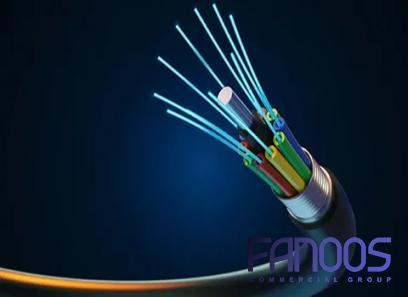 This versatility allows businesses to adapt and expand their electrical infrastructure as needed, supporting future growth and technological advancements. Conclusion: Low voltage cables are the backbone of modern electrical systems, providing a safe and reliable means of power transmission for businesses. Whether it’s for building infrastructure, IT networks, or industrial automation, choosing the right low voltage cables can significantly enhance safety, reliability, and efficiency. By understanding the applications and benefits of these cables, businesses can make informed decisions when investing in their electrical infrastructure, ensuring a solid foundation for success.
This versatility allows businesses to adapt and expand their electrical infrastructure as needed, supporting future growth and technological advancements. Conclusion: Low voltage cables are the backbone of modern electrical systems, providing a safe and reliable means of power transmission for businesses. Whether it’s for building infrastructure, IT networks, or industrial automation, choosing the right low voltage cables can significantly enhance safety, reliability, and efficiency. By understanding the applications and benefits of these cables, businesses can make informed decisions when investing in their electrical infrastructure, ensuring a solid foundation for success.
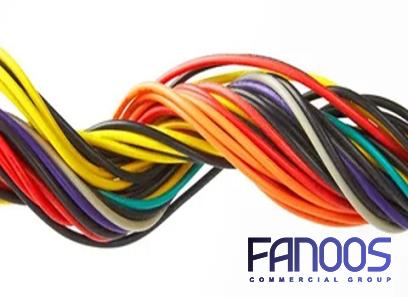
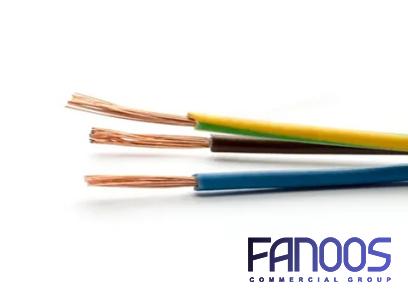
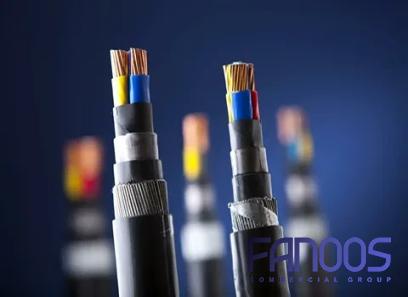
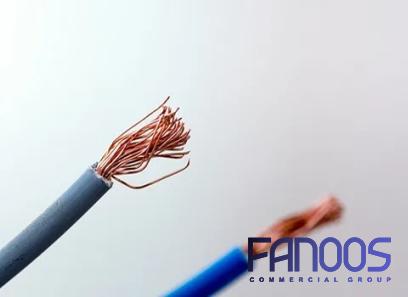
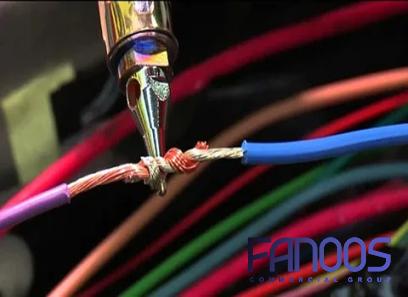

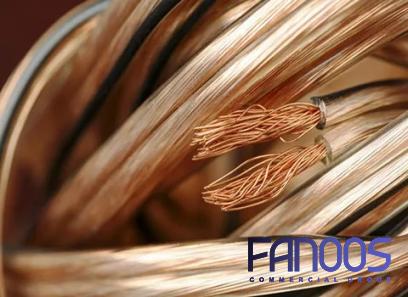
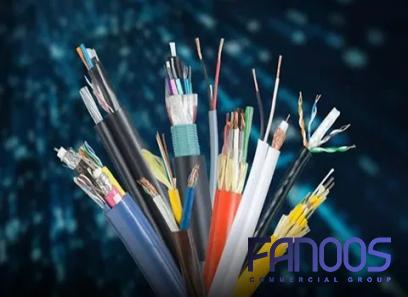
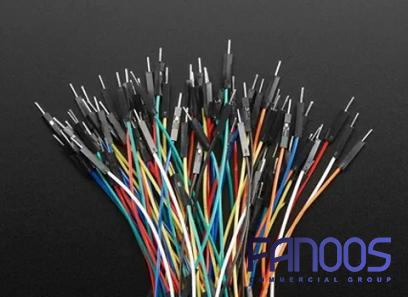
Your comment submitted.